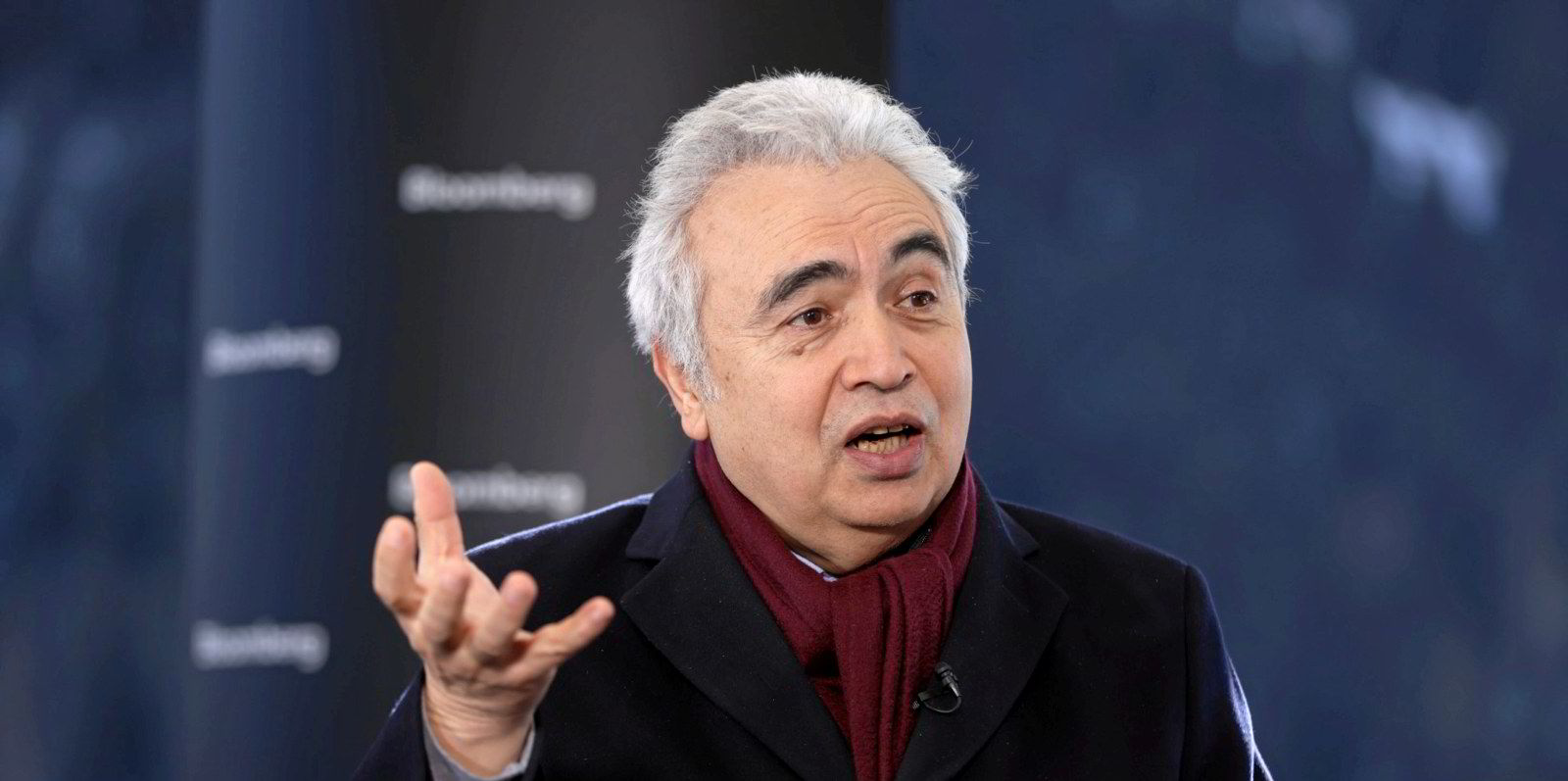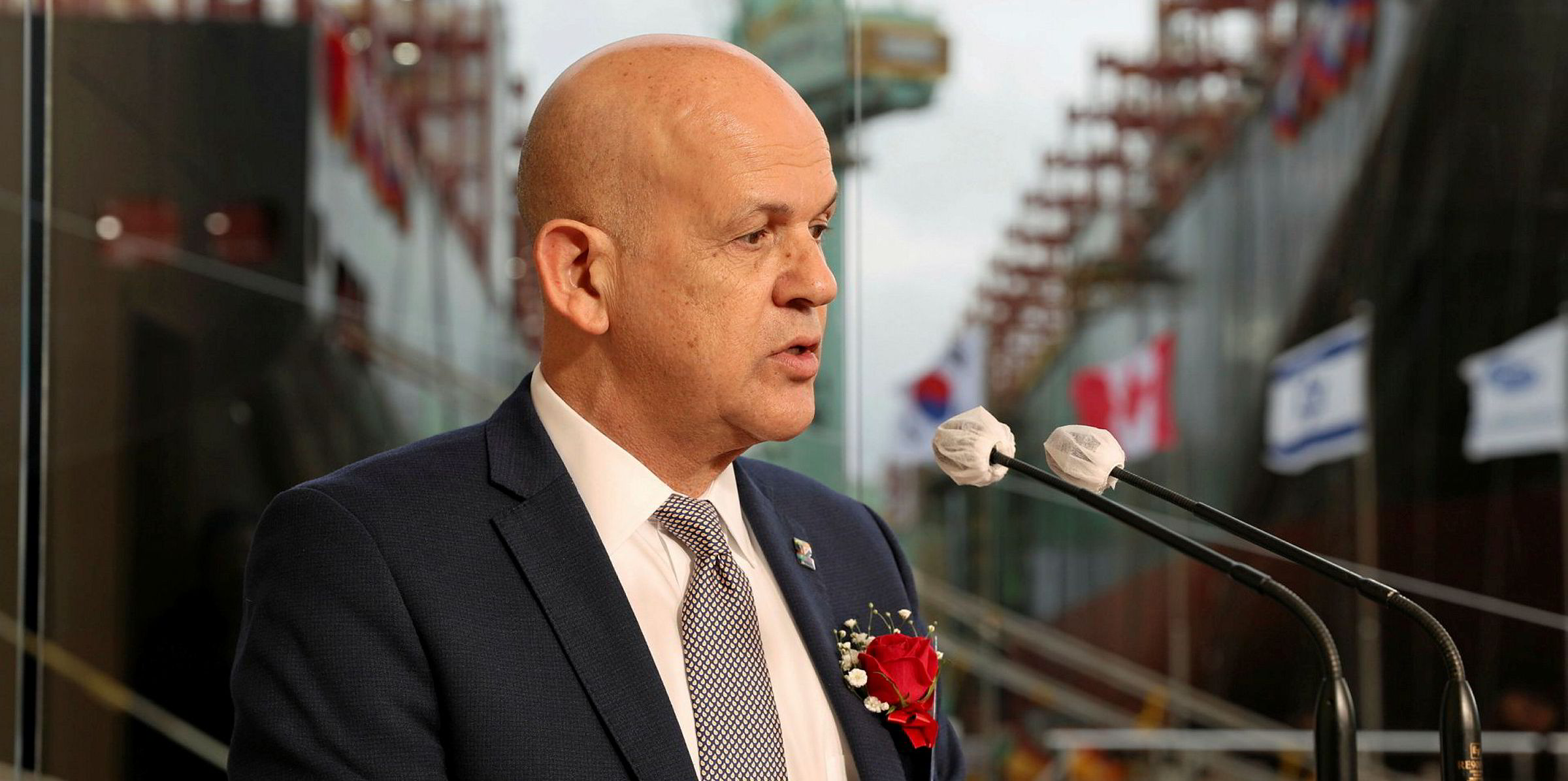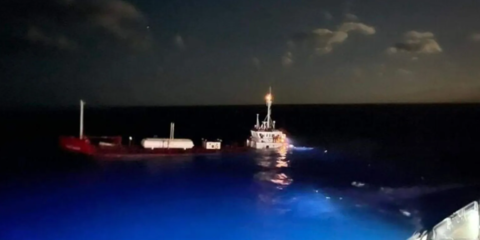Vessels calling at Singapore to bunker hit an all-time high this year as the Red Sea crisis transforms global maritime traffic, the International Energy Agency said on Thursday.
A total of 3,751 vessels called in the city-state in January, a monthly record as operators face longer sailing distances with the Suez Canal and the Red Sea off-limits to most traffic.
The surge in shipping fuel buys contributed to the IEA upgrading its global demand growth forecast for oil in 2024.
“Longer shipping routes and faster vessel speeds saw Singapore bunkering reach all-time highs,” it said.
“With shipowners bypassing the Red Sea, longer routes around the Cape of Good Hope combined with faster speeds to sharply increase bunkering demand in the city-state, and to a lesser extent in smaller southern African refuelling ports.”
Singapore, the main maritime refuelling centre owing to its strategic location on the world’s busiest shipping lane in the Straits of Malacca, accounts for about a quarter of the 4m barrels per day global marine bunker demand.
Its nearest rival, Rotterdam, handles a quarter of Singapore’s volumes.
The 31-nation IEA said that ships avoiding the Suez Canal are sailing faster to make up time, further boosting fuel use.
The shift of oil production towards the Americas amid continuing Opec+ pumping cuts has also increased sailing distances and bunker use.
But the IEA said that the growth in bunkering in Singapore — which saw a 12% year-on-year rise in January — was not matched by other bunkering centres.
Cheaper bunker prices in Singapore were attributed to fewer vessels calling at Rotterdam in 2023 to buy fuel.
Bunker sales at Rotterdam were down 26% in the final quarter of 2023, while Fujairah was up by 6% year-on-year in January. Panama volumes fell to their lowest in more than three years with a reduction in cargo traffic because of the low canal water levels.
The disruption caused by the Houthi attacks in the Red Sea and the continued long-distance trade of Russian oil led to a surge in oil on water, a measure of distance travelled.
It reached its second-highest level since the height of the Covid-19 pandemic at the end of February, said the IEA in its monthly oil report.
“In February alone, oil on water surged by 85m barrels as repeated tanker attacks in the Red Sea diverted more cargoes around the Cape of Good Hope,” it said.
The demand for shipping fuel contributed to the IEA, increasing its demand forecast for crude with growth expected of 1.3m bpd in 2024 to reach 103.2m bpd.
The IEA’s forecast remains lower than oil producer group Opec, which this week predicted a 2.2m bpd rise this year.(Copyright)
Read more
- New Greek AI bunker platform launched as Schoeller and Baseblue team up
- Hafnia planning to break into future fuels production with new venture
- Exmar LPG doubles up on ammonia dual-fuelled gas carrier newbuildings
- Insurance cloud hangs over bulker sunk by Houthi missile as pollution fears mount
- LNG-fuelled shipping fleet crosses 500-vessel mark, DNV says





